Kannur lighthouse is painted in red and white colours which look fabulous. It is located right by the sea, about 1,400 m from the Sree Narayana Park in Kannur. Adjacent to the lighthouse are the Sea View Park and PWD Rest House.
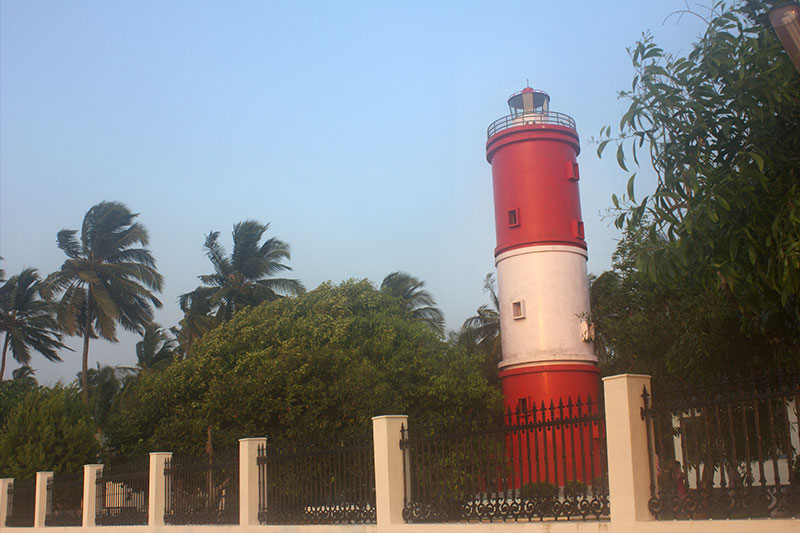
Kannur Lighthouse
There is a nominal entry fee to enter the lighthouse area. It is possible to go up to the top by climbing a spiral staircase. The last few steps are steep. Visitors can enter till 5 pm. On windy days, the lighthouse will close its doors to visitors. The views out to Arabian sea are exhilarating. You can see other beaches in the area from the top.
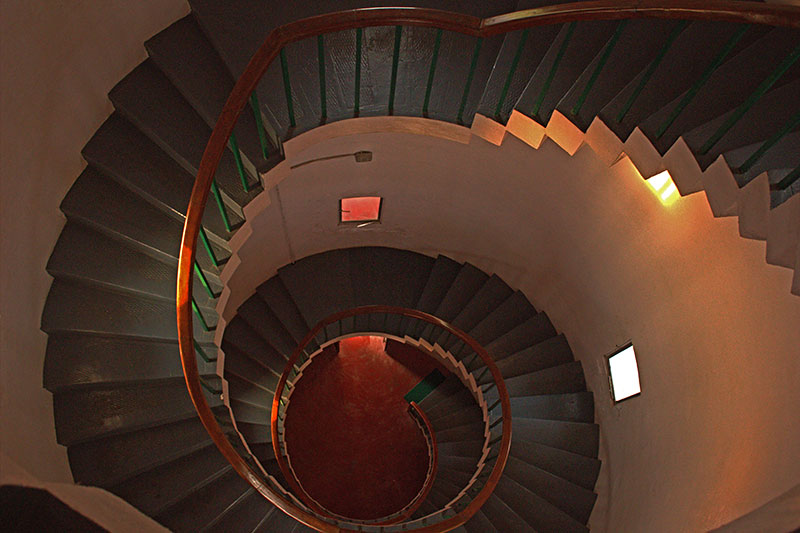
The lighthouse lights up the sky every night and presents a bright beam of light that ships and fishing vessels can see far out into the sea.
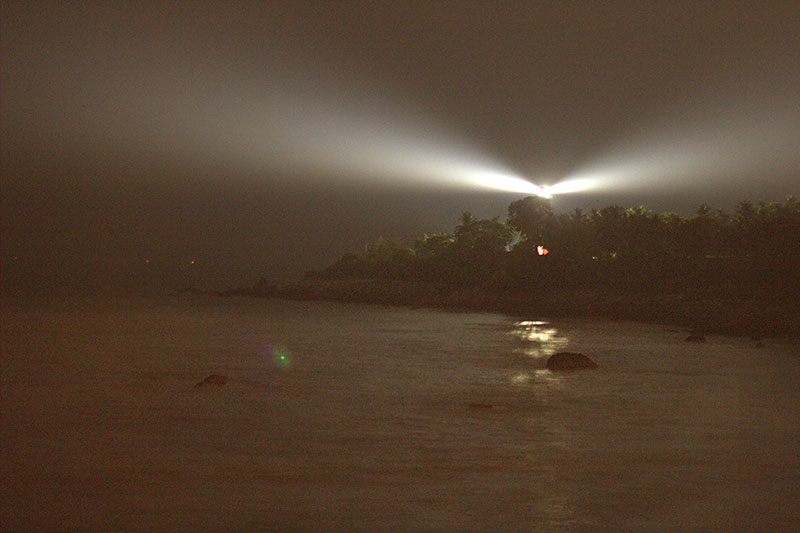
Lighthouse Museum
The lighthouse is well-maintained. There is a small museum that displays equipment used in lighthouses and also shows a documentary on lighthouses. It is the fourth museum of its kind in the country after Alappuzha, Chennai and Mahabalipuram. Alappuzha lighthouse is the first of its kind in the Arabian sea coast of Kerala.
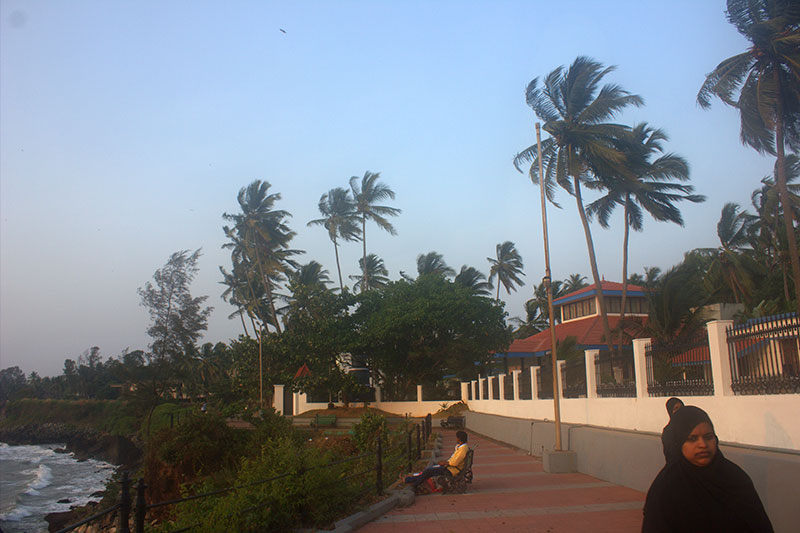
Sea View Park
The Sea View Park has a cliff walkway which runs by the sea. There are seats to watch the sea and spectacular sunsets. At one end is a children’s park. Stalls sell snacks and ice cream. A small fee is payable for entry to the Sea View Park.
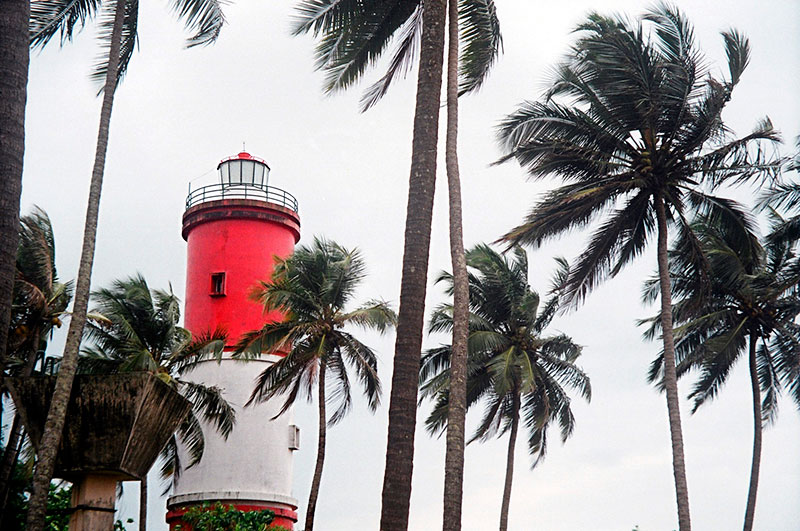
Getting There
The lighthouse is 3.4 km from Kannur Railway station. There is a free parking area near the lighthouse. On the way back, autos will not be readily accessible. You may have to go walking for some distance.
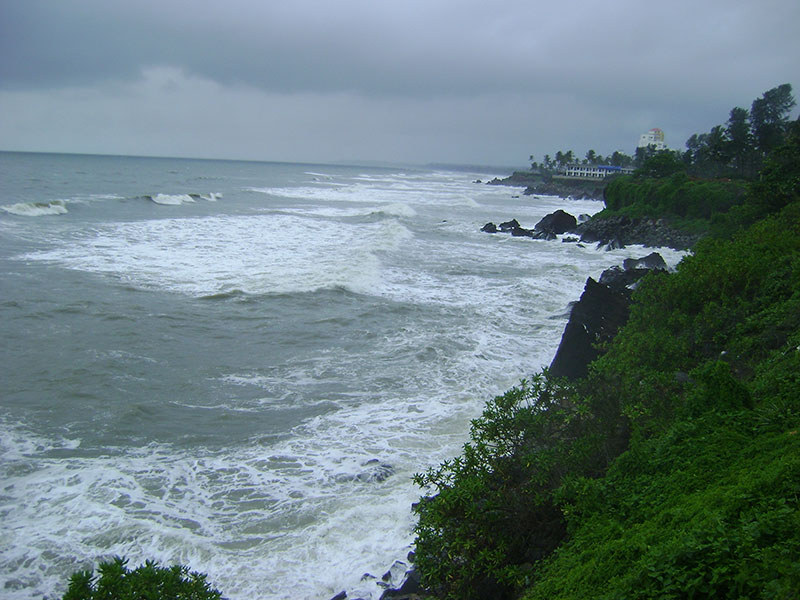
History of Kannur Lighthouse
Kannur was an important port in the 15th century under the Samoothiris. Later the area came under the control of the British who built the first lighthouse in Kannur in 1903. The new lighthouse became operational on 25 July 1976. It is much helpful to the boats and ships that traverse the area.
In 1790, during the Third Anglo-Mysore War, Maj General Robert Abercromby led the army of the British East India Company. They besieged and captured Cannanore (Kannur) from the forces of the Tipu Sultan and Arakkal Beevi Junumabe II (r 1777-1819).
In order to warn ships at sea, the British introduced a system of hoisting a lantern with an oil wick lamp in 1843. They constructed a masonry pedestal in 1903 on the rampart of the fort. A double wick oil lamp inside the 4th order dioptric lens and a lantern with arrangement for occultation were placed on the pedestal. Ships could see the light in fair seasons only, from September to May.
In 1924, the authorities added some enhancements. The light was shifted in 1939 on to a 16-metre steel trestle erected on the northern bastion of the Fort. Visitors can still see the steel trestle today.
The equipment was replaced by a flashing light with 10-second character running on DA gas in 1948. This light remained in operation till the commissioning of a new lighthouse tower at the present location during 1975–76.
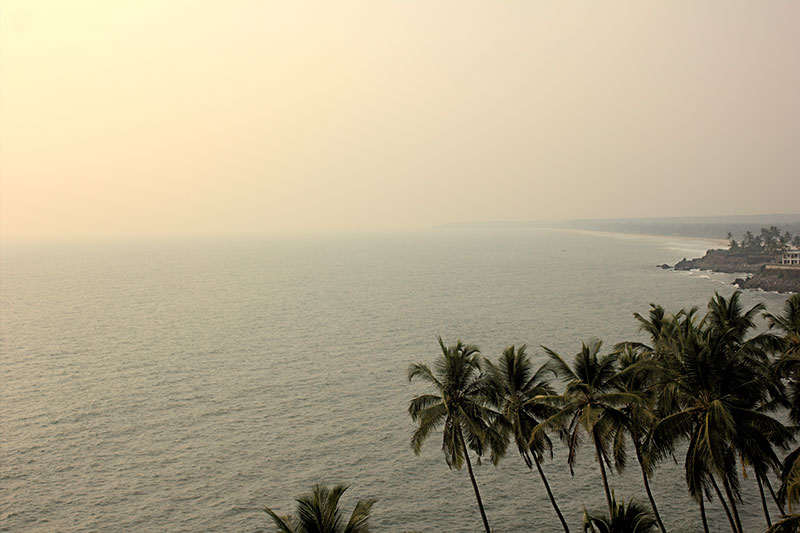
If you liked the post, you could…
Join more than 5,000 fans of UASATISH by liking us on Facebook, or follow us on Twitter and Instagram.